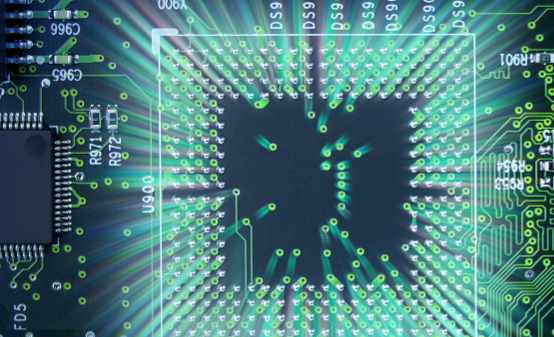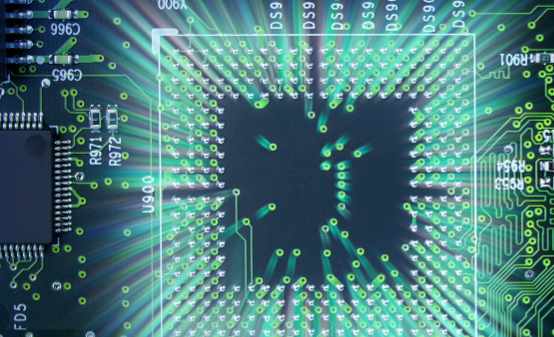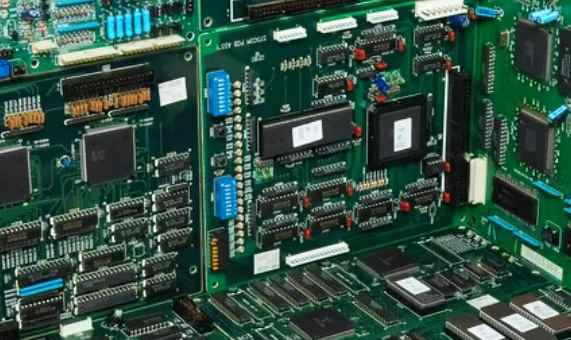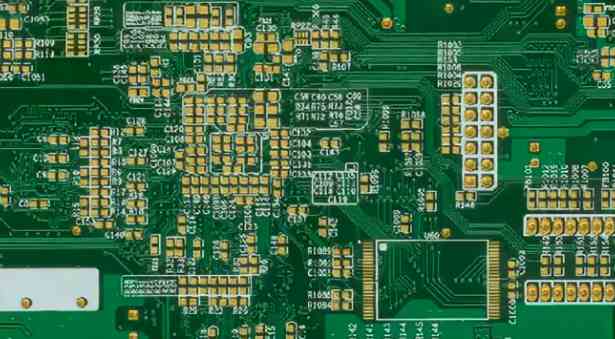
Before designing the circuit, two main structural meanings were used. They are there to dictate the choice of conductor. Static applications only require a flexible circuit that is easy to install. Only ED, also known as electrodeposition, is selected for this application, usually copper. It's also a cuter option.
At the same time, another is the meaning of dynamic bending. As the name suggests, this dynamic uses bending. It happens in the course of using the product every day. There are several examples of this type of application. Some involve flip phones, laptops, PCS and more.
What is the function of flexible printed circuit?
Flexible PCB circuits of single and double type can highlight the reverse strip. It can be done with the help of holes, fingers, and ends called Zifs. Multilayer flexible PCB circuits can include more than 20 layers and can handle enough high density circuits.
All this is possible with embedded layers of conductive metal and resistors. Or through the advanced help of masking called EMI. Flexible circuit boards can use components of minimum area and size. This is used to improve the overall integrity, performance and heat output of the signal.
The fairly flexible design is also used for similar high density components. This is often referred to as rigid-flexible combined PCB circuits. Impedance control also helps to improve the speed of signal switching. Or help with a quick transition.

The transmission of signals in each flexible PCB circuit requires a material of uniform thickness, and the signals are treated as electrical signals. Films that reduce noise can also provide additional protective services. In addition, they help reduce signal lines. At the same time, components called stiffeners enable more flexible circuits.
What are the materials used in the flexible PCB assembly process?
Flexible PCB circuit boards are made of the same material as other PCBS. All circuits tend to relate similarly and require metal conductors. That can conduct electricity.
Copper is the most common material. Copper usually comes in a variety of thicknesses. This is needed for several other reasons. Other conductors on the list include silver ink, aluminum, carbon, and copper.
Layers of flexible printed circuits are bonded together with the help of any adhesive. The specific use of the material mainly depends on the needs of the consumer. Or the thickness of the conductor. However, each key must remain fairly firm for the temperature range in which it is currently operating.
The entire flexible PCB assembly process gets the final touches at the end of the process. This is usually done by consumer recommendations and can be customized. Therefore, if any additional changes are required, they can be done without a problem.
What are the advanced functions of flexible PCB assembly process?
Some modern features of the flexible PCB assembly process are that it includes the use of graphics and crimping tools. It has a flexible heater with a variety of additional possibilities. Therefore, you can find flexible PCB boards according to your needs and requirements. Therefore, flexible PCB boards can be used for every requirement.
You should know the basics and use PCBS in a good way. When you know the full details about it, you can use its capabilities well.
Final comments:
People want to know a lot about the flexible PCB assembly process and its benefits. So, for more information, see the details mentioned. It includes everything about the flexible PCB assembly process, and may be ideal for those who know a little about it.
Choose electronic products to protect your eyes
Electronic products are ubiquitous in our lives, whether they are smart phones that we carry around with us, multimedia screens that students face in class, computers that office workers face all day, or TVS that elderly people watch at home. These are typical electronic screens.
And we know that too much time spent looking at electronic screens can have a big impact on our eyesight, so many electronic products come out with eye protection mode, and some of them claim to block blue light.
There is no doubt that we are inseparable from electronic devices in every aspect of our lives, and we are spending more and more time on screens. So, what kind of electronic products can actually achieve eye protection?
It is worth noting that many people have not paid attention to these aspects before, and really suddenly feel a lot shortsighted. Some netizens said it's better for your eyes to choose products with protective eye mode than those with radiation-proof phones now. First, you need to choose the right electronic products first to keep children from playing often.
You know, compared with other diseases, the number of myopia is not a small number, some netizens share, when I was a child every day to play computer, now every day staring at the mobile phone, I have more than 400 degrees; I usually buy blue light eye protection when I buy electronics, but even then my vision is improving.
And in the choice of screen, many people call, pipe the major mobile phone manufacturers, do out of the oled screen, lcd before more cool, LCD screen is much better, oled screen is very hurt the eyes, but now mobile phone manufacturers in order to let people update the OLED screen. I really hope that the eye protection function can be taken seriously, so that the whole family can feel at ease.
What kind of screen are you using? Is there an eye protection function that can really make your eyes less tired?







